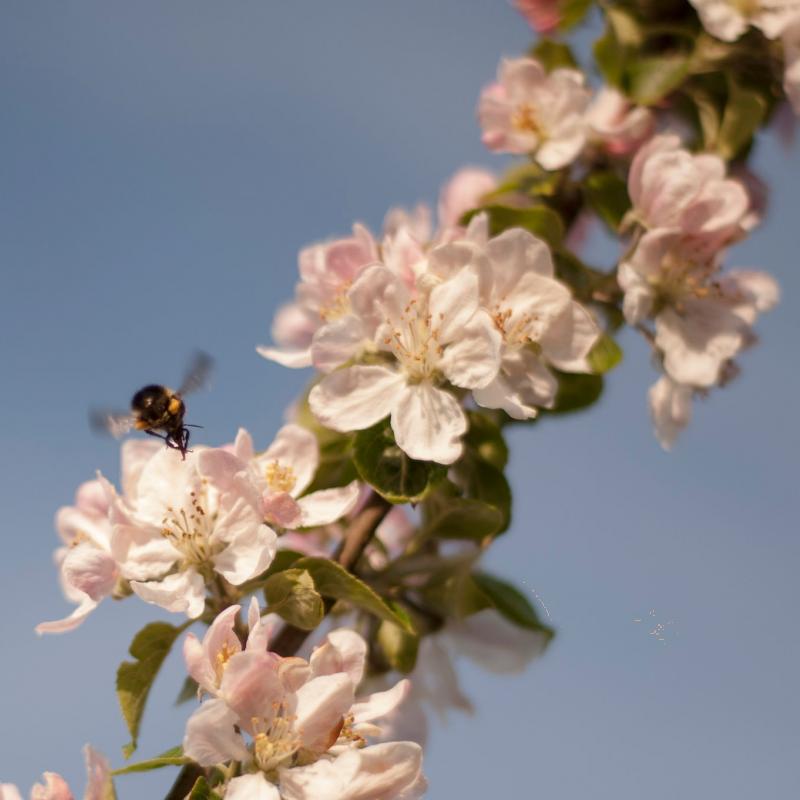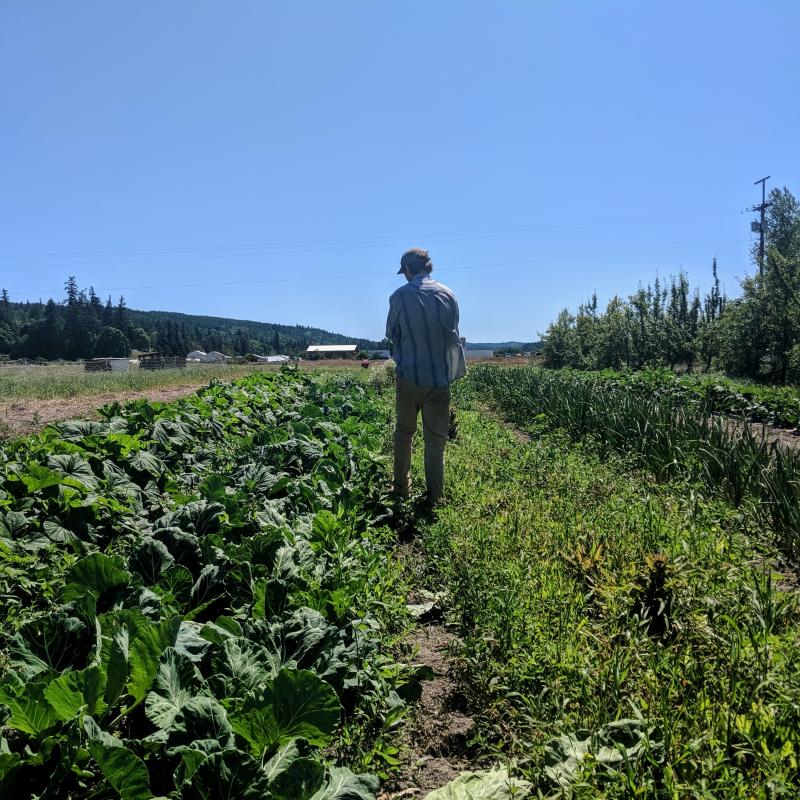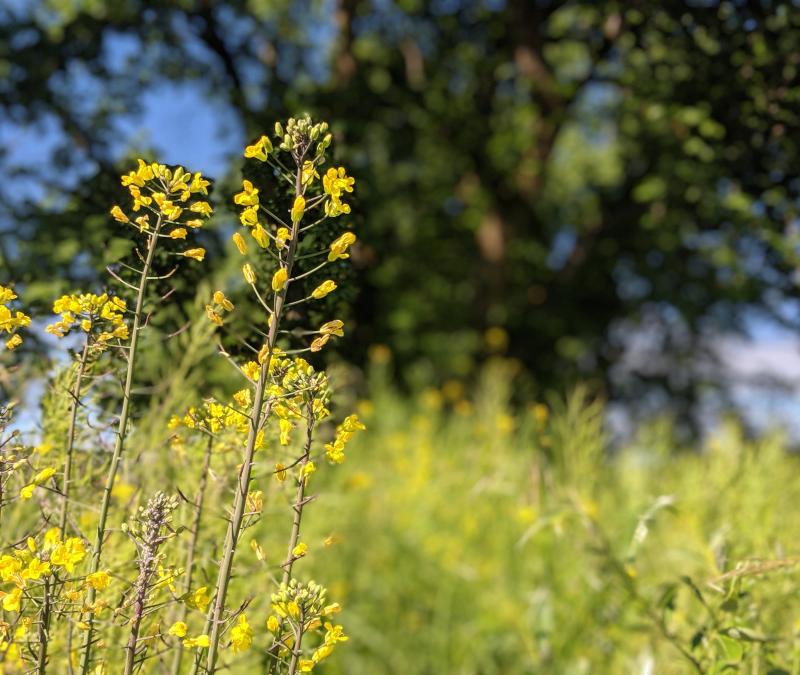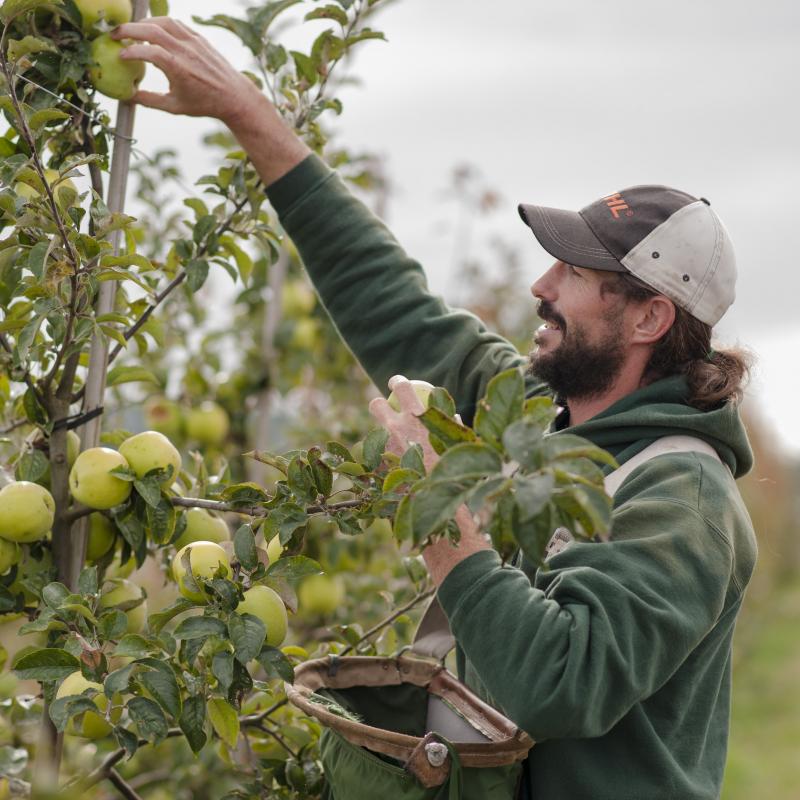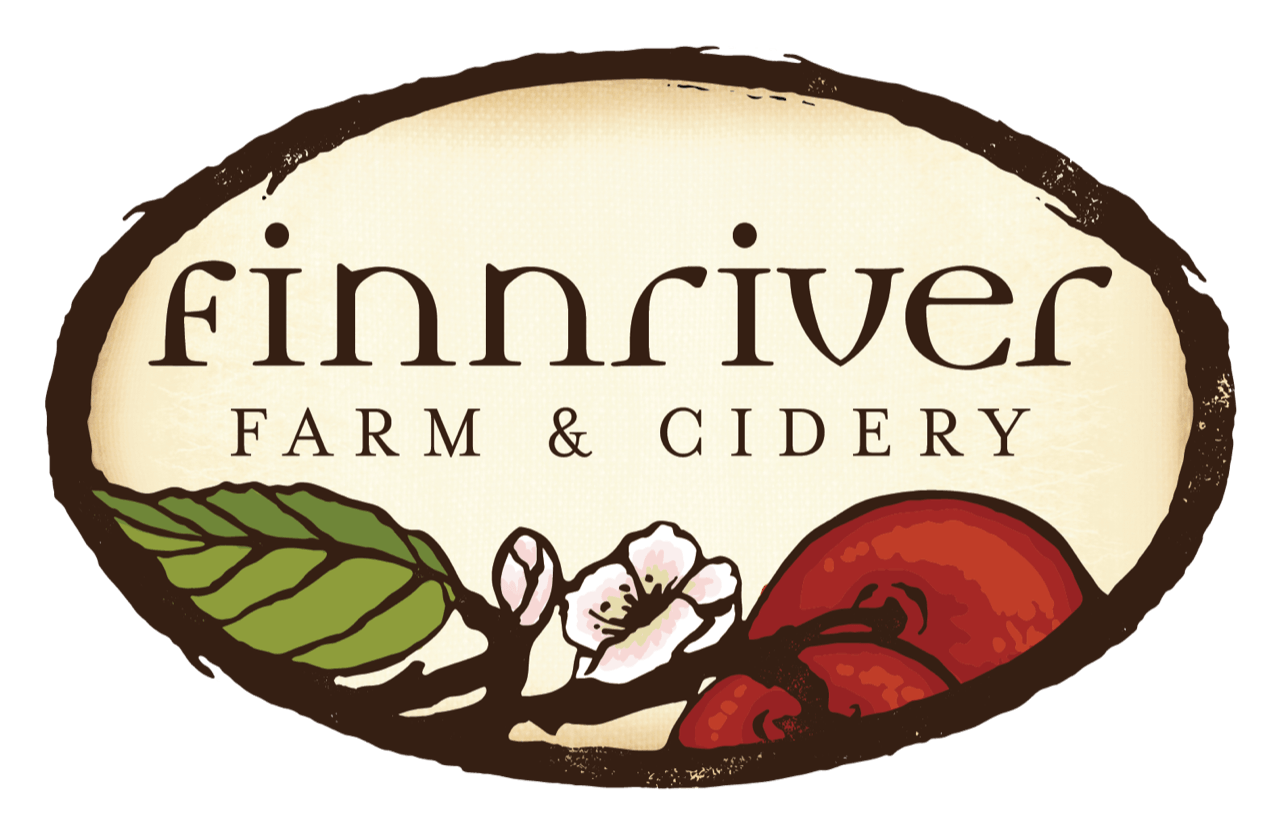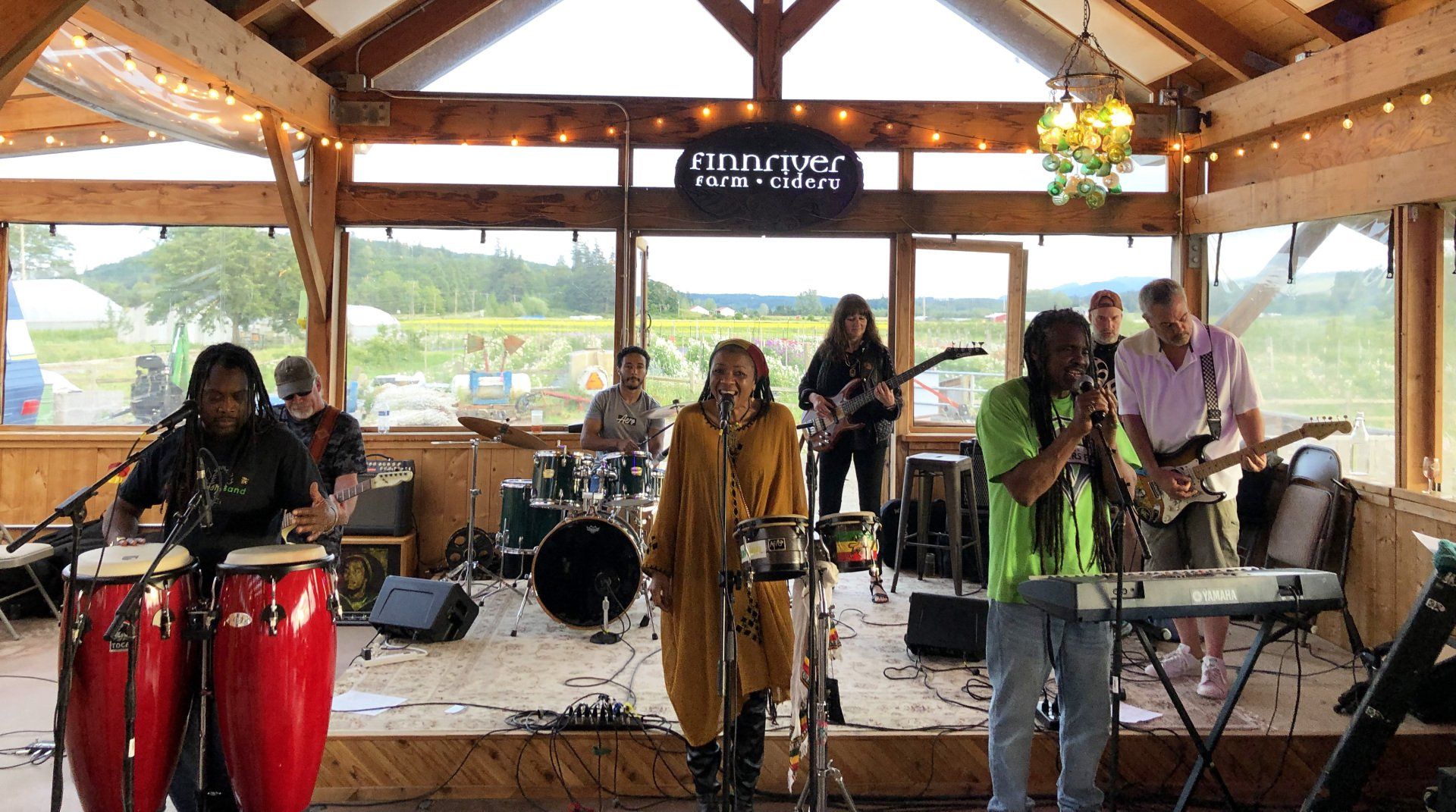As farmers ourselves, the folks at Finnriver appreciate the direct connections that growers have to their land and to their crops, and to the stories that have carried them into agriculture. Our Botanical Cider series has brought us into relationship with a range of wonderful folks throughout the region who provide organically-grown or wild-harvested ingredients for these seasonally released fermentations. This year, we are delighted to be forming a new connection with saffron-grower Tanya Golden from Oregon. Her golden saffron is highlighted in our Solstice Saffron cider, which is begun each year in our barn on the Winter Solstice and releases in January to celebrate the returning of the light!
Humble Beginnings
As a child Tanya Golden’s family started out as Peach Farmers, under the current name “Golden Orchard.” Later, her mother would branch out to sell creamed honey and gourmet preserves under the same name. Both of her grandmothers grew up homesteading and she grew up farming. Flash forward to the present-day Tanya Golden is determined to keep her family legacy alive, as well as representing her rich Native heritage. Tanya has moved forward with the name “Golden Tradition Saffron co. LLC.” Keeping Golden in the name to both “represent my family name and for the word play in the Saffron itself.”
That's What Friends Are For
Tanya was an organizer with Pacific NW Stands with Standing Rock at the time and made a run into town to pick up some flyers from friends who were vendors at “NAYA” (Native American Youth and Family Services) winter market. Tanya had made some raw chocolate truffles, for the Chocolate and Wine fundraiser event at her children’s school. Tanya made these delicious treats using her food stamp benefits, she was unable to afford a booth at the market. However, her friends loved these truffles so much that they knew it deserved a chance and made room at their tables to allow Tanya to sell her product at the market. They worked in conjunction until she had made enough money to pay for splitting the tables and to be able to afford salve and tincture bottles and jars.
In return for being an active part of the vendor community, Tanya was invited to the “Indianpernuership” and Micro Enterprise classes at NAYA. Although it appeared that opportunities were on the horizon, still a question burning in Tanya’s mind; What are you really going to do? Tanya happened to read some articles on Saffron a few days prior to a Wednesday evening class. On the eve of that class a friend walked in and handed Tanya a large container of Saffron that her partner had brought back from the Mideast. It was in that moment that Tanya realized exactly what she was going to do!
Triumph Through Challenge
Tanya was on the verge of something remarkable, however she found herself still navigating through the harsh trenches of financial hardship. It was suggested that she apply for the USDA/NRCS High Tunnel program, so she applied for both conventional and organic in hopes it would better her chances of receiving at least one. Indeed, she ended up receiving both! Coincidentally she had miscalculated and ordered enough Corms from Holland for both the conventional and organic as it turned out. Tanya used the IDA grant from NAYA to purchase the Corms. Tanya Golden is nothing short of an example of passion and persistence.
Tanya credits her ongoing success to her Creator, letting her know that she is on the right path. Gifting her with signs such as witnessing rainbows and eagles and even “meant-to-be” connections and phone calls including the one that put her in contact with Finnriver, she says. Tanya recognizes that being a small business owner and a farmer is a political position and it has given her a platform for her voice. Tanya recalls her personal accounts of growing up with conventional farming and says she has seen how toxic it is. “I’ve watched the old farmers die, many from cancer. I think it’s completely absurd that I should have to pay more to be a better steward to our earth and community.”
Acknowledging Ancestry and Traditions in a Modern World
Tanya continues to hold to the tradition of Women planting and harvesting in her family. She says; “Just like we have genetic memory, so do these plants. I like to honor them as much as I can.” Tanya is using her education as a clinical herbalist to experiment with the medicinal aspects of Saffron and is sharing what she has learned at the American Herbal Pharmacopeia. Tanya states that working with Saffron has had an altering effect, she says she has even experienced a sense of euphoria simply by being around the plants. I’ve been working with plants my entire life. These are seriously the happiest plants I’ve ever worked with! Tanya added, “among many other medicinal uses, Saffron is used as an anti-anxiety in traditional Persian, Indian and Chinese medicine.”
Tanya has fallen in love with her craft and with the process itself, even when she is tired and her body aches; she keeps moving forward. She is overwhelmed with the outpour of love and support from friends, family, community and even the kindness of strangers. As Tanya continues to grow her brand, she hopes to be able to create a life that allows her to give back in a substantial way and to continue to provide for her family and farm. “I feel so blessed to be able to do all of this. I can only imagine what kind of world we’d live in, if everyone could have this.”
Meant To Be?
Sometimes we recall a memory in life that makes us question the chain of events leading up to our current circumstances. Could the memories we record subconsciously play a part in the decisions we make along the way and where we end up? About twenty years ago, Tanya’s mother gifted to her a basket. Last year during her first harvest, basket in hand, Tanya realized that not only was the pattern of the basket and colors a Saffron flower. The basket itself was made from spent Saffron leaves! Only then did Tanya realize that Saffron had found her long before she had consciously found it.
